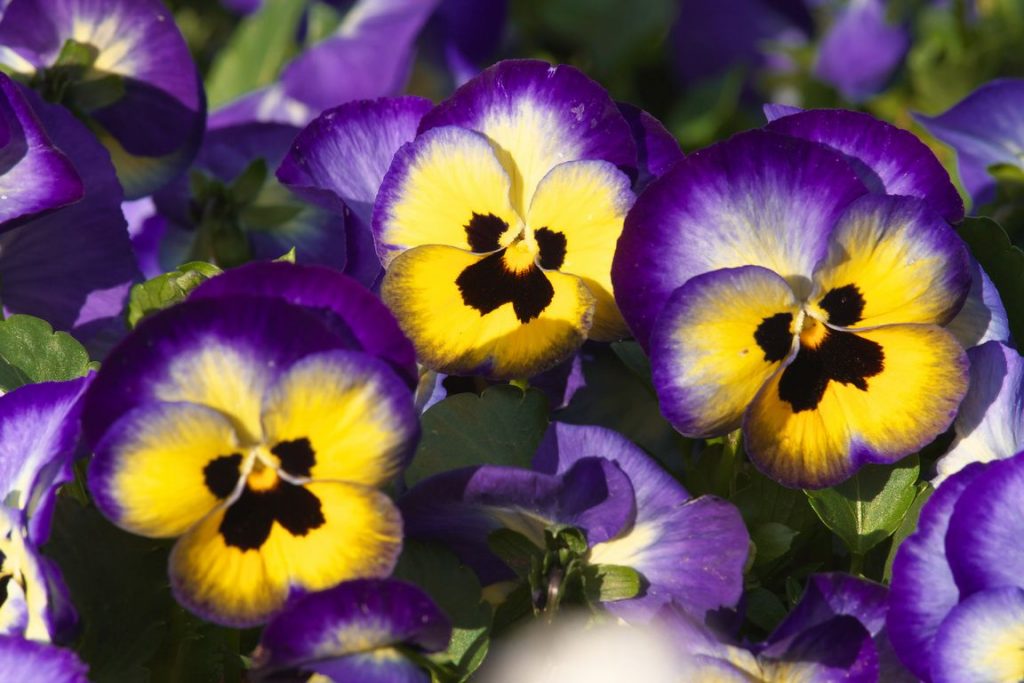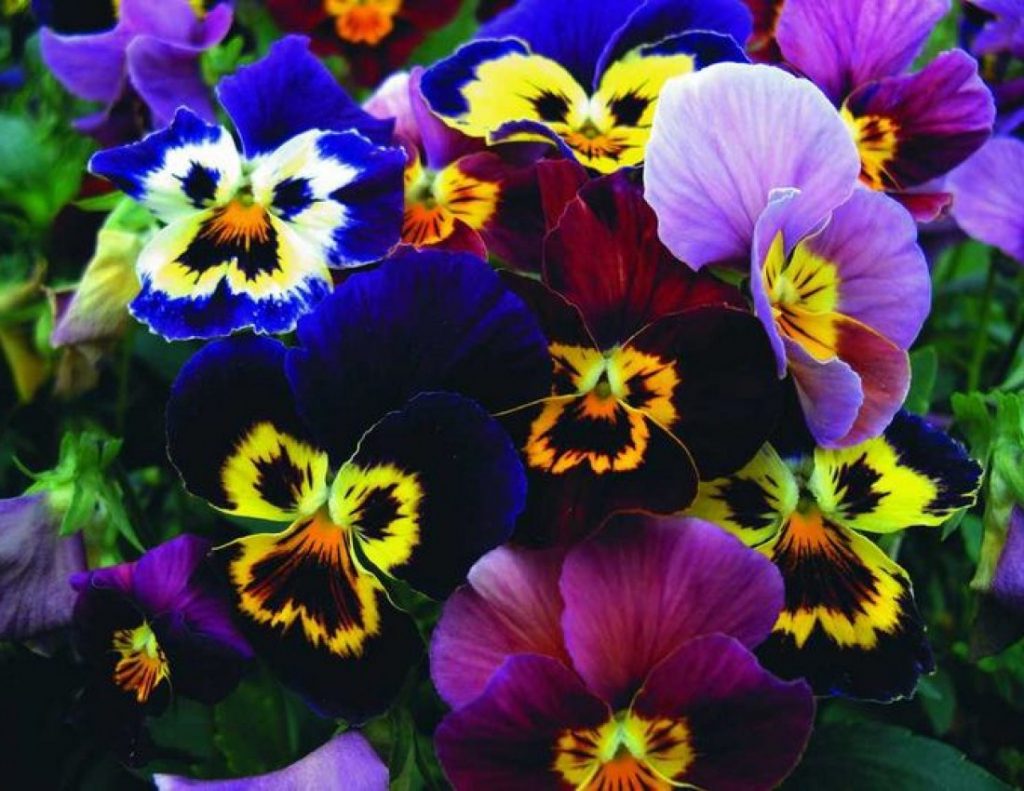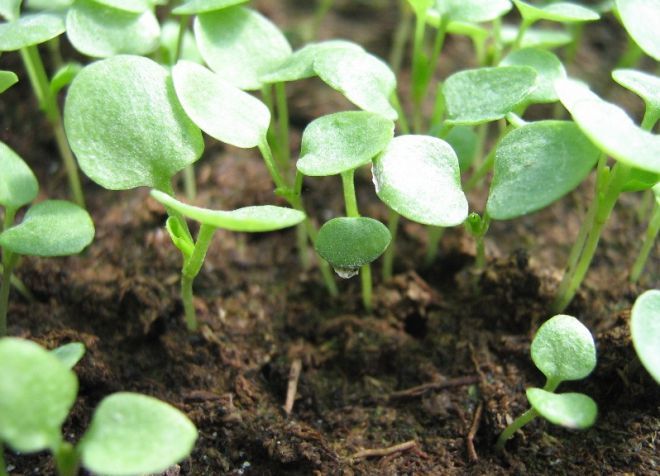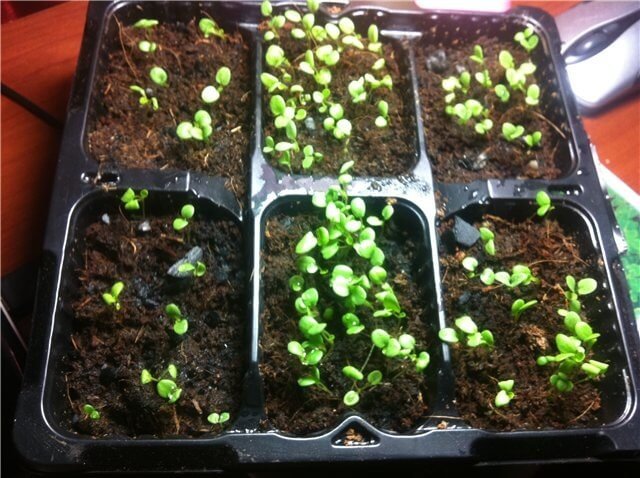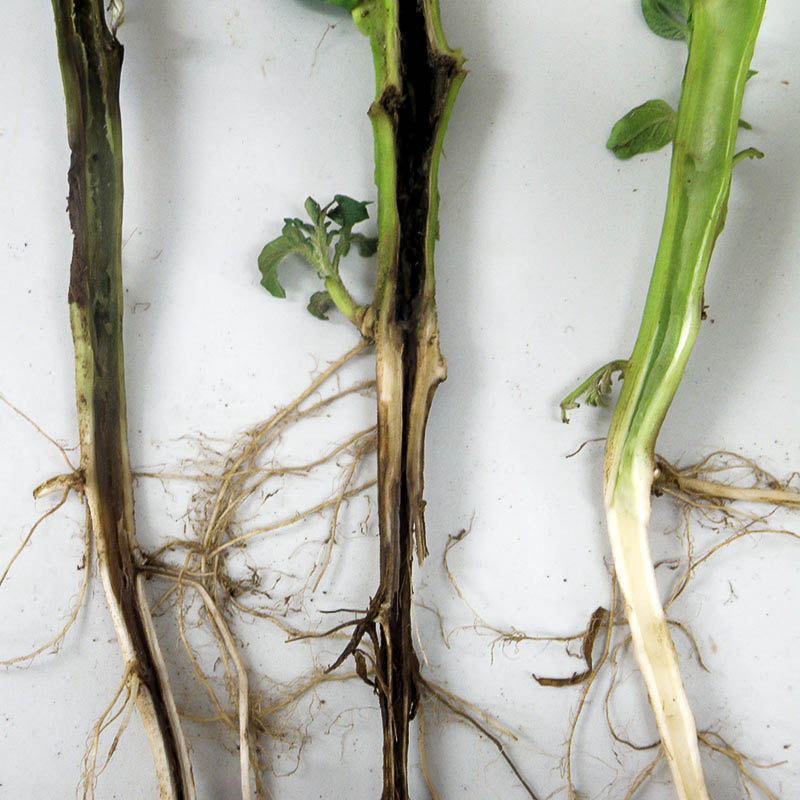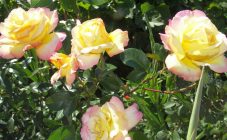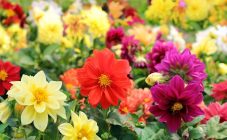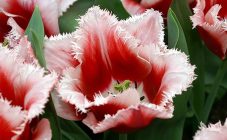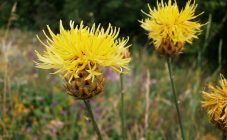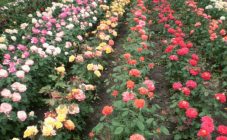Content:
Pansies are beautiful little flowers that are grown for decoration. They are used in folk medicine, cosmetology, cooking, and pharmaceuticals. They grow independently in the wild and are grown in garden plots.
Description
Viola flowers are perennial or annual, in appearance they resemble a violet. Pansies can be called tricolor violet or viola. Translated from Latin, viola means "blue". Popular names:
- Anyutka;
- Brother and sister;
- Moths;
- Troy flower;
- Half color.
Pansies symbolize wisdom, loyalty and dedication. They are a symbol of spring, as they bloom very early.
Pansies are popularly called the flower of the Holy Trinity. The dark core represents the all-seeing eye, the diverging rays - the radiance. The peaks symbolize the three faces of the Holy Trinity. In the old days, the pattern of flowers was crocheted by girls.
The plant was brought from Central China and Japan. Due to its bright and unusual appearance, it quickly gained popularity among gardeners. The name of the flower has changed over time. In Russia, the flower has long been called "Trinity color". The official name "Pansies" was assigned to the tricolor violet in the Encyclopedic Dictionary, which was compiled by Russian scientists in the period from 1861 to 1863.
The flower is grown in the southern regions, but breeders have obtained varieties that make it possible to grow the plant in central Russia, the Moscow region and the Urals.
The flowering period begins in early April and ends in late summer. Description:
- The plant is an annual or perennial;
- The diameter of the flowers is from 5 to 10 mm;
- They have a light delicate aroma;
- Flowers can look different, there are several shades: purple, blue, white, yellow. Petals can differ in color: monotonous, double, petals with bright spots and stripes;
- Pansies differ in the size of the flowers, depending on the variety. There are small, large or giant flowers.
According to the height of the bush, the viola is divided into:
- Stunted;
- Average;
- High.
Viola can be called a versatile garden decoration plant. There are more than 15 main varieties of viola. Bushes grow up to 15-20 cm in height. The plant grows quickly by self-seeding, forming beautiful flower beds with lush, bright flowers. The roots are 20 cm deep in the ground, the leaves are tender green. Flowers are propagated by seeds and by cuttings. The plant is grown for decorative purposes to decorate cottage villages, garden plots, gazebos.
Plant characteristic
The plant grows in small shrubs that grow on their own with proper care. There are a large number of viola varieties, which are characterized by frost resistance, large flowers, and vitality.
The shoots of the plant are straight or creeping, the leaves are heart-shaped, the edges are slightly corrugated. Flowers are single with bright petals. The peculiarity of the viola is its lush bloom.
Chemical composition:
- Insulin;
- Vitamin C;
- Vitanim S;
- Essential oil;
- Tannin;
- The alkaloid violaemetine;
- Salicylic acid;
- Polysaccharides.
The rich chemical composition of flowers explains why they are widely used in folk medicine and pharmacology.
Characteristics of species and varieties
There is a large selection of viola varieties, they differ in several ways:
- Petal color;
- The size;
- Winter hardiness;
- Petal shape;
- Flowering period.
Viola types:
- Wild pansies (field). The wild flower is tricolor; it grows in parks, pastures and meadows, among bushes on forest edges. The plant propagates in the wild by seed. The ground part of the viola is used for cosmetic, culinary and medicinal purposes;
- Pansies are white. The color of the petals is white, sometimes with a creamy tint. The diameter of the flower is 5-6 cm. The plant will grow up to 15 cm in height. Viola has a subtle and delicate aroma. The plant tolerates transplantation well, is unpretentious in care. White viola grows well in moist, well-drained soil. For feeding, you must use complex mineral preparations. Propagated by seed;
- Pansies are yellow. Flowers with bright yellow petals. Plant height - up to 15 cm, flower diameter - 7 cm. Biennial plant belongs to the class "Swiss giants". The leaves are large, dark green in color. Yellow viola is an unpretentious plant that propagates by seed. Seeds can be planted twice per season: in early spring and autumn;
- The pansies are blue. The flowers are small, grow up to 5 cm, the petals are pale blue. Viola blue perennial flowers are planted both in open ground and in pots, containers. Seeds are sown in June, when the air temperature warms up to + 16-18 degrees. For planting, it is recommended to choose well-lit areas;
- Ampel pansies. Bushes grow spherical in shape, up to 20 cm in height. Flowers are monotonous, bright, fragrant. Leaves are small, oval oblong. The flowering period is long, starts in April and ends in autumn before frost. The species is considered frost-resistant. It is grown as an annual or biennial plant;
- The pansies are purple. Flowers are of a pale lilac or purple hue. The diameter of the flower is up to 5 cm. The bushes grow small, up to 15 cm in height. The species is characterized by a long flowering period. Propagated by seeds or cuttings;
- Pink pansies. The perennial flower grows up to 20 cm in height. The flowers are large with pink petals, the diameter is up to 7 cm. The seeds can be planted in February for seedlings in order to get flowers in the same year. The variety is unpretentious in care, grows well on fertile soils;
- Rococo mix pansies. Biennial plant with unusual petals, painted in different bright colors. Bushes grow up to 20 cm in height. The diameter of the flowers is up to 6 cm. The plant is picky to care for, blooms profusely, is considered frost-resistant. It is planted in a sunny place or in partial shade.
Among flower growers, pansies are popular flowers. Among plants similar to viola, flowers can be distinguished:
- Turkish carnation;
- Primrose;
- Petunia.
Planting and leaving
Viola grows well on moist, loose, fertile soils. She does not tolerate stagnant water and drought. Therefore, if it often rains in the region in summer, it is recommended to make the flower bed slightly elevated so that excess water flows off on its own and does not spoil the roots of the plant.
The site must be warm and well lit. It is important to find a middle ground when it comes to lighting. The plant withers in the scorching sun and degenerates into dense shade. Partial shade is allowed, the place where the shade from shrubs and garden trees is created will be favorable.
Pansies can be planted in open ground with seeds or ready-made seedlings. Seedlings are planted for seedlings in early February in containers. The seedlings must be carefully looked after for the first weeks, to monitor the moisture content of the soil. After the appearance of 3 true leaves, the seedlings dive into separate pots. After the air temperature warms up to at least +16 degrees, the seedlings can be planted in open ground in a previously prepared area.
Step-by-step scheme for planting seeds:
- If you plan to plant seeds immediately on the site, then you just need to prepare the bed;
- Complex mineral fertilizers are applied to the site;
- The soil is slightly moistened and small grooves are made 0.5 cm deep;
- Seeds are distributed evenly to the eye, sprinkle with earth;
- Seedlings are watered from a spray bottle;
- In 7-10 days, seedlings will appear together.
After the appearance of 2-3 true leaves, the seedlings must be planted. The distance between the roots should be at least 20 cm. The flowers grow on their own, therefore, if they grow too close, they will grow small and weak.
Care rules:
- Watering. Watering is of great importance. Water 2-3 times a week; in dry summer, daily watering is allowed. Do not water the bushes abundantly. Water should not stagnate in the area, otherwise the roots will begin to rot;
- Loosening. After watering or rain, the soil is loosened with garden tools, deepening them no more than 5 cm. When loosening, it is necessary to retreat from the roots by 2-3 cm;
- Mulching. After watering and loosening, to maintain soil moisture, the site is mulched;
- Weed removal. Weed grass prevents the plant from growing, so it is removed in a timely manner. It is necessary to pull out by hand so as not to damage the roots of the plant;
- Top dressing. Flowers need periodic feeding. Complex mineral fertilizers can be applied once a month. Suitable mineral preparations: Annushka, Plantofol, Agricola-7.
Dangerous diseases and pests
Pansies are unpretentious flowers that, with proper care, have good disease resistance. Possible diseases and pests:
- Gray rot. Gray spots appear on the leaves, over time the plant is completely affected. A solution of copper oxychloride is used as a prevention and control;
- Powdery mildew. Appears as a whitish bloom on the leaves. Affected plants can be distinguished at the initial stage of the development of the disease. In the place where the infection spreads, the leaves dry out, wither. For treatment, use a water-soap emulsion. The solution is sprayed on the bushes.
- Blackleg. With stagnant moisture or frequent abundant watering, rot develops on the roots and stems. Infected plants are removed with a clod of earth, the soil is disinfected. As a preventive measure, it is necessary to observe the regimen and dosage of watering;
- Spider mites and aphids. Dangerous pests for viola. They infect the plant, the pansies stop blooming, and over time the plant dies. When infected, the flower is treated with insecticidal preparations.
Pansies in landscape design
Pansies are widely used in landscaping. Viola can be combined with other colors, these are:
- Forget-me-not;
- Daisies;
- Lobelia;
- Asters;
- Iberis.
On a note. It is important to choose flowers that will match the color and size of flowers, the height of the bush. You can plant different varieties of pansies to create a picturesque floral carpet.
Advantages of decorating a plot with viola:
- Large selection of varieties and shades of flowers;
- Early and long flowering;
- Bushes bloom at the same time.
Pansies are amazing and unusual flowers that will decorate any garden plot. When choosing a variety, it is important to focus on the climatic conditions of the area where the flower is planned to be grown. Simple agrotechnical manipulations during planting and caring for a flower allow even novice growers to grow lush flower beds with viola.
